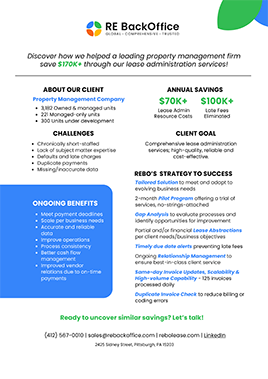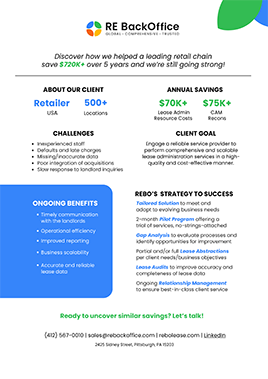
Lease agreements are vital documents governing the relationship between landlords and tenants in commercial real estate. Within these agreements, clauses regarding assignment and subletting play a crucial role in facilitating flexibility and managing space effectively. Let's delve deeper into what these clauses entail and how they impact both parties involved.
Assignment:
Assignment involves the transfer of a lease or interest from one party to another. This scenario often occurs when a tenant wishes to vacate the premises before the lease term expires or wishes to transfer their lease rights to another entity. For instance, if a tenant has been operating a boutique in a landlord's space for five years but decides to relocate after two years, they may seek to assign their lease agreement to a new tenant.
However, such a transfer requires approval from the landlord, as it involves transferring lease obligations. The process typically entails the drafting of an assignment document, legally transferring all rights and obligations to the new tenant. Once the landlord approves, the new tenant assumes the responsibilities outlined in the lease, including rent payment. Importantly, this tenant-to-tenant assignment can occur without terminating the existing lease, allowing for a seamless transition.
Similarly, landlord-to-landlord assignments can occur when the property owner decides to sell the property during the lease term. In such cases, the new owner becomes the new landlord, and the tenant starts paying rent to them. This highlights that lease agreements do not bind parties to stay for the entire duration, providing flexibility for both landlords and tenants.
In conclusion, the assignment clause in lease agreements allows for the transfer of lease rights and obligations between parties, providing flexibility for tenants and landlords in managing their real estate assets.
Subletting:
Subletting occurs when a tenant leases out a portion of their rented space to another party. This often happens when a tenant has surplus space that they do not fully utilize. Instead of returning the excess space to the landlord, the tenant can sublet it to another tenant, creating a sublease arrangement.
For example, if a tenant has a 10,000 sq. ft. space but only uses 5,000 sq. ft., they may consider subletting the extra 2,500 sq. ft. to another business. The original tenant becomes the sub-landlord, and the new occupant becomes the sub-tenant.
Subletting can be advantageous for tenants as it allows them to optimize their space utilization and generate additional income from the unused portion of their leased premises. However, it is essential to obtain the landlord's permission before subletting, as this may be subject to certain conditions outlined in the
lease agreement.
Profit-sharing arrangements between the original tenant and the landlord may also be established, where the tenant shares a portion of the sublease income with the landlord. Additionally, landlords typically have the right to disapprove of subletting and may even have the option to recapture the space from the original tenant if subletting terms are violated.
In summary, the subletting clause in lease agreements allows tenants to make efficient use of their rented space while providing landlords with control over who occupies the premises. Understanding and complying with these clauses is crucial for all parties involved in commercial real estate transactions.


